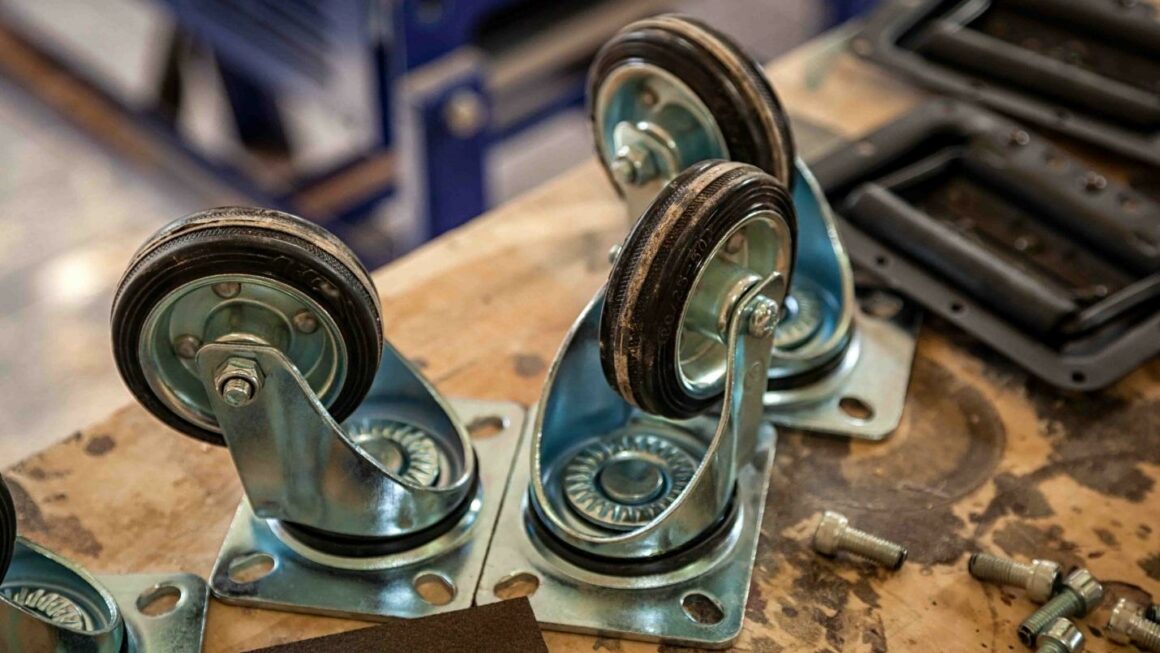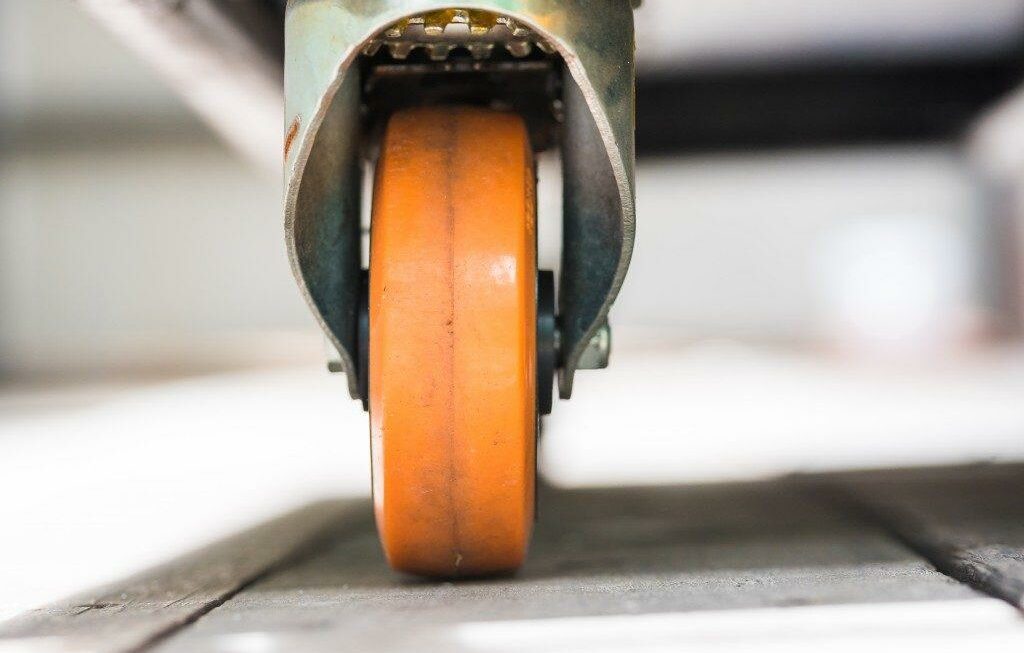When it comes to product inspections, there are numerous terms you’ll come across and understand over time, like AQL inspection, ISO standards and more. Before you jump into the nitty gritty of these types of inspections, it’s always good to first have an idea of what you’re looking at. By taking the time to understand these product defect categories and how they apply to your business, you will be able to save yourself a lot of headache down the road as well as make sure that your products meet the high standards consumers expect today.
What is AQL?
Product inspection is an important part of the manufacturing process. It helps ensure that the product meets all quality standards and regulations before being shipped to customers. Quality inspection services use AQL (Acceptance Quality Level) standards to measure the level of defects in a product.
AQL is a standard for measuring product quality. It is used to define the maximum number of defects that are acceptable within a given batch or production run. AQL specifies the different categories of defects, their severity, and the acceptable number of defects in each category.
The Five Main Categories of Product Defects
Product inspection services are a vital part of the quality control process for all manufacturers. Product inspections are essential for ensuring product quality and compliance with industry standards, such as the Acceptable Quality Level (AQL) standard. AQL is the international standard used to measure the acceptability of a given shipment of products.
Under the AQL standard, there are five main categories of product defects that can be identified during product inspections. These categories are visual defects, performance defects, safety defects, environmental defects, and packaging defects. Each category includes specific details about what type of defect should be identified, such as size, material, shape, color, etc.
Visual defects refer to any visible abnormalities found in the product, including scratches, dents, or tears in the material. Performance defects occur when the product does not function correctly or fails to meet the manufacturer’s specifications. Safety defects refer to any potential hazards that could cause injury or death if the product is used improperly. Environmental defects are any changes in the product that could have a negative impact on the environment. Finally, packaging defects refer to any damage done to the product while in transit or storage.
Product inspection services help to identify these defects early on and can be used to improve the quality of products before they reach the market. Quality inspections help manufacturers ensure that their products meet industry standards and that they provide consumers with a safe and reliable product.
Critical Defects
Product inspections are essential for ensuring quality and safety, especially in the manufacturing and retail industries. Quality inspection services help to detect any defects or flaws in a product, allowing companies to take corrective action before their products reach the market.
One of the most widely accepted methods of inspection is AQL (Acceptable Quality Level). AQL standards categorize defects into five main categories: Critical Defects, Major Defects, Minor Defects, Cosmetic Defects, and Functionality Defects.
Critical Defects are major flaws in a product that has the potential to cause serious harm or death. These are safety-related defects that must be addressed immediately in order to meet safety regulations.
Examples include loose parts or sharp edges that could cause injury. Companies must take extra care when inspecting for Critical Defects in order to protect their customers.
Quality inspection services help to identify Critical Defects quickly and efficiently, ensuring that the product meets the necessary safety standards. By conducting product inspections with AQL standards, companies can ensure that their products are safe and of high quality before being sold to consumers.
Major Defects
Product inspection is an essential part of any quality assurance process. Quality inspection services are tasked with evaluating the safety, reliability, and durability of products, and they use a variety of tools and techniques to do so. One such tool is the Acceptable Quality Level (AQL) standard, which has become an industry-wide accepted set of standards for product inspection.
Major Defects are defects that have an impact on the functionality of the product. These can range from electrical issues to mechanical issues to software issues. Examples of Major Defects include faulty wiring, broken parts, or malfunctioning software.
Quality inspection services use the AQL standard to evaluate these five categories of product defects in order to determine whether or not a product is safe and reliable for consumers. It’s important for manufacturers to ensure that their products meet AQL standards before releasing them to the market, as even a single defect can cause significant harm.
Also Read: What is SQL Language
Minor Defects
Minor defects are one of the categories and typically consist of minor flaws such as scratches, small stains, or other superficial blemishes. Quality inspection services use AQL standard sampling plans to evaluate these minor defects.
For example, AQL 2.5 would mean a sample size of 200 units and 5 allowable defective units per sample. If the number of defective units is higher than 5, then the entire lot should be inspected. This ensures that the product meets quality control requirements and can be shipped out to customers safely.












